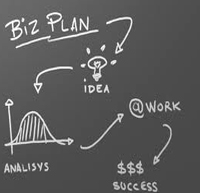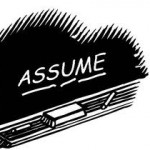 How to build a flaky customer base that will leave you at the drop of a hat.
How to build a flaky customer base that will leave you at the drop of a hat.
To be honest, the low interest balance transfer credit card was one of greatest customer acquisition ideas ever. The way it was implemented meant that it has become one of the most costly ideas to long term business stability.
We all know that every bank has a low interest option for credit transfers. Like 1% or 2% for 6 months. The typical credit card has an interest rate of say 17%. And the banks won’t give the balance transfer rate to their existing customers. Makes sense – they ruin their profitability.
So say I have a credit card balance with ‘bank A’ paying the 17% interest. I ask my bank for the balance transfer rate. They are going to say something like ‘that rate is for new customers only’
How do I feel? Really underappreciated – how stupid does my bank think I am?
If I’m smart, I go to another bank offering low interest on credit card balance transfers, then switch to another bank once the interest rate resets. There are lots of banks, building societies and credit unions out there. We can play this game for a long time before I run out of ‘new’ low interest credit cards.
By the way, I did a wealth creation course a few years ago now and this is exactly what we were told to do in order to manage our credit card debt while we paid it off. It’s almost like the banks don’t want anyone paying 17% interest of their credit cards ever again.
Here is the problem for the banks. They are losing their existing long term customers to other banks low interest credit cards, their new customers are 1/9th as valuable to them and they only stay for 6 months. The average credit card balance is $3,100. If you were a bank would you want 17% interest or 2% on that balance?
The banks are going to be financially better off focusing on keeping their customers they have paying 17% interest rather than going out and trying to get new customers who pay 2% interest for 6 months and then move their debt to another bank and another low interest credit card.
This is what happens if you neglect your existing customers while trying to get new ones with crazy discounts. You lose your proverbial goose that lays the golden eggs.
The easiest way to keep your loyal, long-term customers is to implement the 12-24X contact systems. 12 to 24 sales free contacts a year. Almost every business can implement this exact system with their existing customers using a printed monthly customer newsletter. To see if this is the right strategy for you, request a newsletter suitability audit by going to www.newslettermarketingsystems.com.au/get-started or else call 1300 120 106
 A while back, I consulted with a prospective client about implementing a newsletter in their business. They were keen on the idea, they could see the benefit in a newsletter but… the maths didn’t really work.
A while back, I consulted with a prospective client about implementing a newsletter in their business. They were keen on the idea, they could see the benefit in a newsletter but… the maths didn’t really work.





